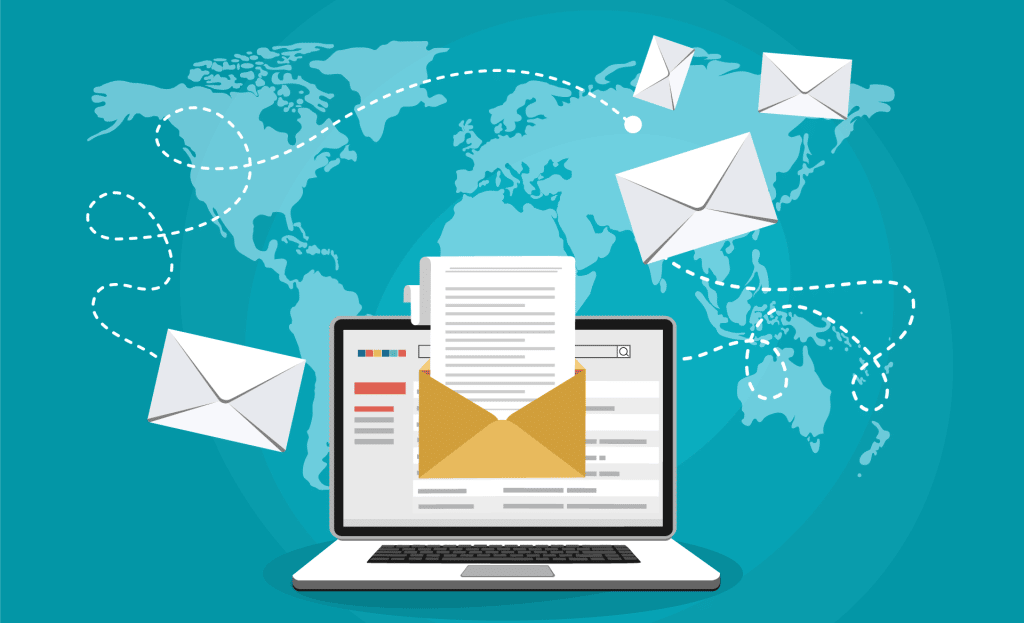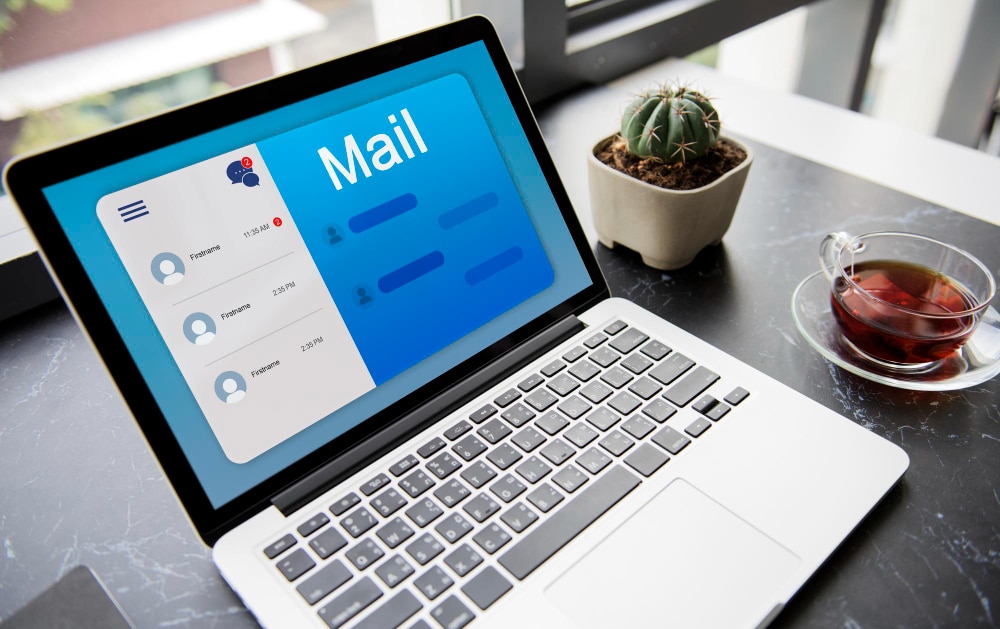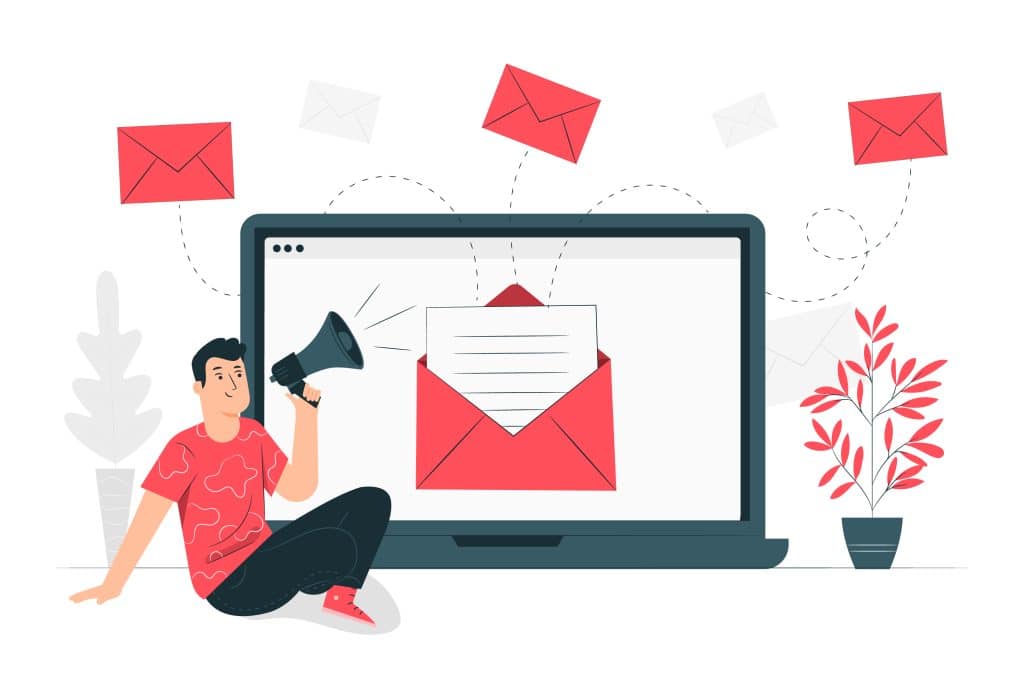Email revenue still remains among the highest when it comes to online marketing channels for businesses today – bringing approximately $36 for every $1 spent. And with 50% of people making a purchase through marketing emails at least once per month, it’s no wonder that more and more businesses are increasing their email budget.
However, with so many types of emails out there, it can be hard to decide which ones are worth investing in, especially if you’re new to the world of email marketing. For that reason, we’ve gathered the top emails that every business should be using, regardless of industry or business size. Start with these to get started on the right foot and watch your business grow!
1. Drip Welcome Campaign Emails
The most essential email campaign for any business is the welcome one. Whether an email or an entire sequence, your welcome campaign sets the stage for all future communications, so it’s important to get it right with effective copywriting.
A well-crafted drip welcome campaign will introduce your brand and products, provide tips on how to use your services or products, highlight key features, and more. It should also include a clear call-to-action that encourages customers to take the next step, like signing up for a free trial or making their first purchase.
Pro Tip: People sometimes forget that they signed up for an email list, so be sure to set up a double opt-in confirmation process to ensure that new subscribers are really interested in hearing from you. It might also be worth it to remind them why they signed up in the first place in your first email by mentioning the original point of contact, like a webinar they attended or an article they read.
2. Complete an Action Emails
Life often happens in the middle of completing a process, whether it’s signing up for an account, checking out online, or confirming a reservation for a flight or restaurant. That’s why it’s important to build emails that are specifically targeted at completing the process – also known as action emails (or abandoned cart emails in the case of online sales).
Action emails can help you win back customers who might have dropped off by sending them cart or signup reminders. These emails should also include a clear call-to-action that nudges customers to complete the process, such as clicking an “I’m Ready” button or using a coupon code to finalize their purchase.
Abandoned cart/action emails have an open rate of 45%, and the conversion rate from email to sale is 10%+, so it’s worth making these an integral part of your email marketing strategy to remind customers to finish what they started.
3. Engagement Emails (Newsletters)
Another type of email that every business should use is engagement emails, which are designed to keep your customers informed and engaged with your brand or products. These typically take the form of newsletters, which are sent on a regular basis to let your customers know about new products, company news, partnerships, and other industry updates.
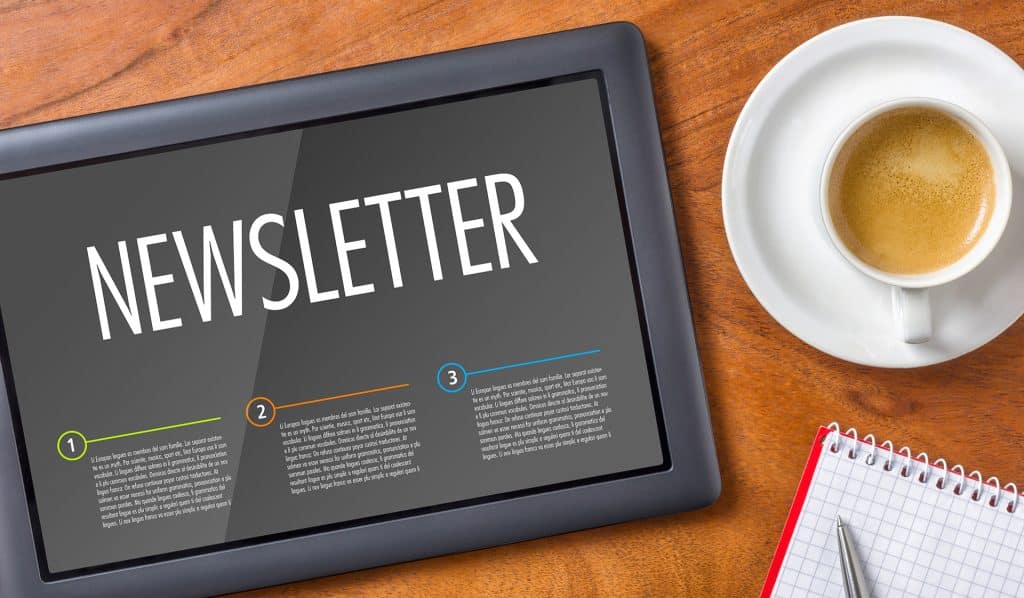
It’s important to note that engagement emails – unlike drip welcome campaigns and action emails – shouldn’t be used as a sales tool. Instead, they should be used to simply keep customers informed and interested. Aim to provide value with your content and avoid too many calls to action, as customers will likely find these spammy.
For instance, if you sell skincare products, your engagement emails might include articles about top winter skin care tips or the latest beauty trends. By providing valuable, relevant content and encouraging customers to interact with your brand in a meaningful way, you can deepen their engagement for the long term.
4. Personalized Emails
Personalized emails are definitely worth incorporating into your email marketing plan. By using customer information to personalize the content of an email, you can boost engagement and conversions by making each recipient feel valued.
Consider sending birthday or anniversary messages to customers or a “thank you” message after their first purchase. You could also try segmenting your customer list by demographics to send targeted content based on age, gender, or location. By tailoring your emails to your audience’s specific needs and interests, you can encourage them to stick around and become brand loyalists.
Let’s say you run a skincare business that sells products exclusively to women. You might send a personalized email message to a customer on her birthday with product recommendations based on her past purchases and skin care concerns, along with a discount on her next purchase. That’s just one example of using personalized content to build loyalty and keep customers engaged.
5. Review/Survey Emails
Another type of engagement email that can be effective for businesses is review/survey emails. These emails are designed to help you collect feedback from customers about their experience with your brand, products, or services. You can then use this information to improve things like customer service and product development over time.
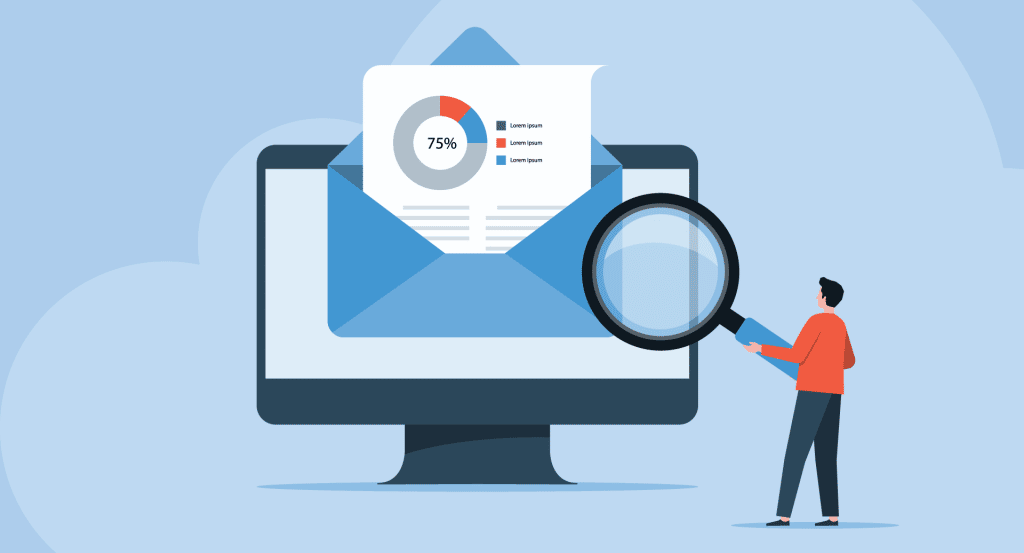
Review emails are a great way to get unfiltered feedback from your customers, so if possible, ask them for their honest opinion – good or bad. Survey emails can be used to gather data about the customer experience with your business. For example, you might send a survey on customer service or the checkout process.
To do this well, choose the right survey questions to ask, and be sure to keep your survey short to encourage higher response rates. For reviews, you might also want to add an incentive like a discount or free shipping to encourage customers to participate.
6. Upsell/Cross-Sell Emails
If you offer complementary products or services, you may want to consider upsell/cross-sell emails. These are messages that encourage customers to purchase more than one item at a time.
For example, if you sell baby clothes and toys, you might send an email offering all-inclusive packages for new parents that include diapers and nursing pads with baby outfits. This is a great way to increase average order values and encourage customers to make repeat purchases.
Upsell/cross-sell emails are typically sent after a customer has already purchased something from your business, so they know you’re trustworthy and reliable. This means that they may be more likely to consider additional purchases if you can convince them of their value.
When writing upsell/cross-sell emails, it’s important to be clear and concise. Keep your messaging focused on the benefits of purchasing more than one item at a time, and avoid too many calls to action. You want customers to feel excited about their purchase rather than pressured or overwhelmed. If you can provide a compelling reason for customers to buy more from you, they are much more likely to respond positively.
7. Promotional Emails
Of course, don’t forget about promotional emails. These are often used to announce sales or new products, and their goal is to get customers excited about your brand and encourage them to make purchases.
There are many different types of promotional emails you can consider using, including price-off discounts, coupons, limited-time discounts, and free shipping. And if you’re launching a new product or service, promotion emails are a great way to introduce customers to your offerings.
When creating promotional emails, make sure to include clear calls to action that highlight the benefits of your offer and encourage customers to take action right away. And be sure to use high-quality visuals like images or videos wherever possible to attract attention and drive clicks. Also, don’t be tempted to go overboard with promotional language that sounds too sales-y or gimmicky; this can turn off customers and actually harm your brand image.
In general, these emails tend to be shorter and more straightforward than other types of marketing emails. As a result, they’re often the easiest to write and send, especially if you can rely on automated tools to do the heavy lifting.
Pro Tip: One of the most important elements of promotional emails is the subject line, so always spend time creating eye-catching messages that will grab people’s attention.
8. Referral Emails
Finally, you may also want to consider referral emails. These messages encourage existing customers to refer their friends and family to your business. For example, if you own a hair salon, you might email customers with a discount on services and invite them to share this deal with their friends to get a further discount.
Alternatively, if you sell online products or services, you might ask loyal customers to join an affiliate program to earn an affiliate commission or refer a friend to your website. These are all great ways to encourage existing customers to engage with your brand and spread the word about your business.
Referral emails can be highly effective, but they require a bit of thought and strategy to be successful. You don’t want to ask customers for a referral unless you truly believe that they’ll be interested in the product or service. Otherwise, it could come across as spammy or pushy.
Ready to Start Incorporating Marketing Emails Into Your Overall Strategy?
Now that you know more about the different types of emails that apply to nearly every business, it’s time to integrate the relevant ones into your overall marketing plan. With the right combination, you can improve customer engagement, drive more sales, and boost your bottom line.
Remember, the key to a successful email campaign is choosing the right type of message and sending it at the optimal time. So take some time to evaluate your current email habits and consider what type of content you’d like to start sending out regularly. Consistency is essential, so don’t take on too much at once. Start with one or two emails and build from there.
And if you need a helping hand, be sure to reach out to our team at ShiftWeb – we’re here to help you create a winning strategy and turn your marketing emails into a success!

